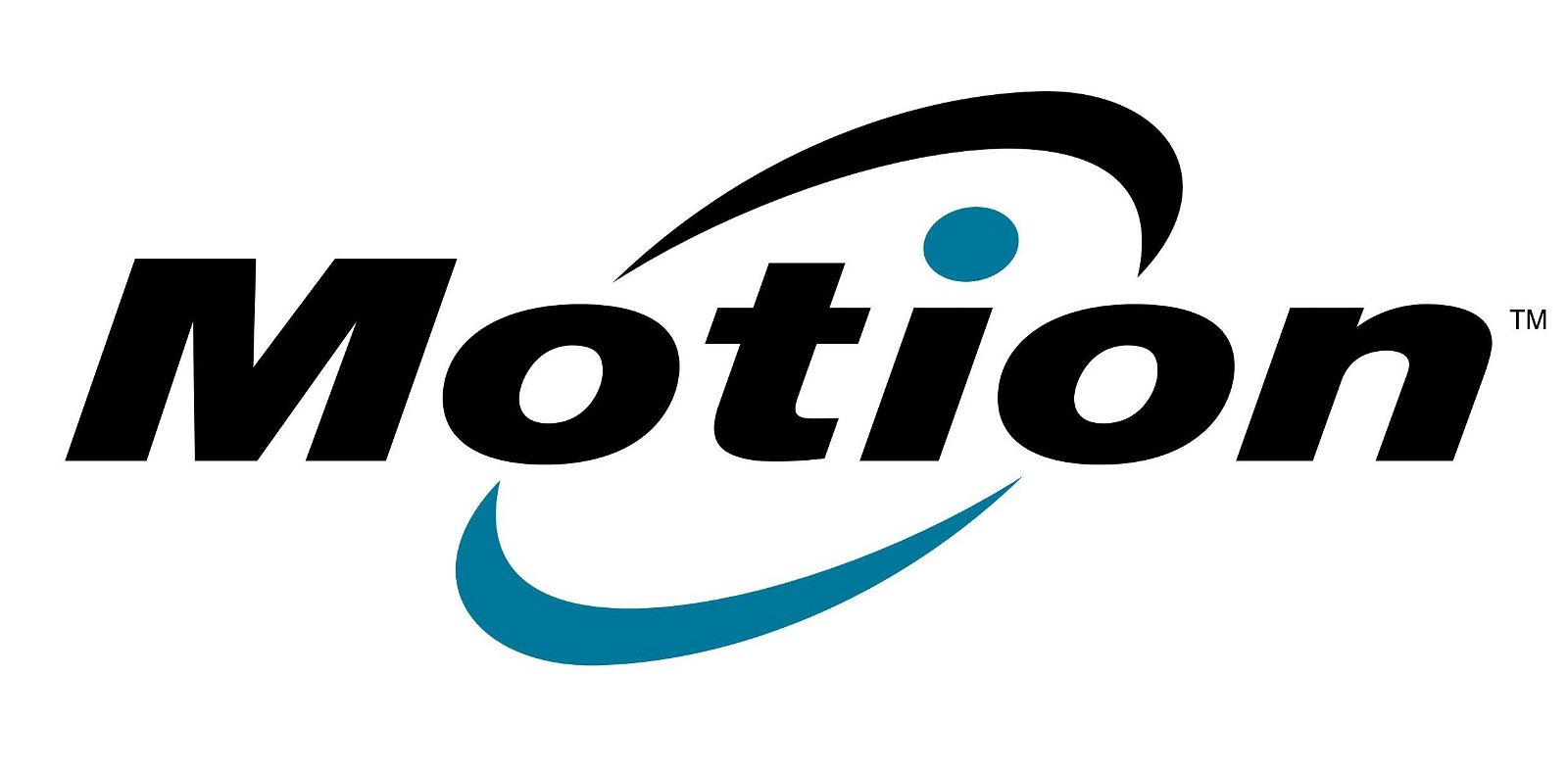History of Motion Computing
Motion Computing is a company that specializes in the design and manufacture of tablet PCs. The company was founded in 1997 by Dr. David Hill, who also serves as its current CEO.
The company’s first product was the Motion PC, which was released in 1999 with Windows CE 3.0 installed on it. It had an 8-inch display and weighed less than 2 pounds (1 kg).
In 2001, Motion Computing released another model called the M100 Tablet PC that featured both Windows XP Professional and Linux operating systems preinstalled on it along with an Intel Celeron processor running at 500 MHz or above along with 128 MB RAM or more depending on what model you purchased; this would allow users to choose which OS they wanted based on their needs rather than being stuck using only one OS all day long like other tablets did back then!
Financials of Motion Computing
Motion Computing was founded in 1992 by a group of engineers from Apple and Hewlett-Packard. The company’s first product was the Motion C5, which was released in 1993 and cost $4,000. The C5 was one of the first tablet PCs ever created; it had an active matrix LCD screen and ran on Windows 3.1 or DOS 5.0 (depending on which model you bought). In addition to being able to run applications like WordPerfect or Lotus 1-2-3, it could also be used as an electronic notepad thanks to its stylus input capabilities–a feature that would go on to become standard among all future generations of tablets.
In 1994 Motion Computing released two new models: The C7 with a larger display than previous models (11 inches vs 10) at $5,500 USD; and then again later that year with even more storage space available (upwards from 8MB) at $6k USD per unit sold! By 1995 sales had reached $20 million dollars annually due largely in part because they were selling so many units overseas where demand for these types of devices were high due partly because governments around Europe wanted them used by their military forces instead traditional laptops which were bulky/heavy & expensive back then compared today’s standards but still expensive nonetheless especially considering how much money countries like France spent developing them back then too – costing millions upon millions upon millions worth dollars each year just so they could keep up with other nations’ progress towards technology advancement.”
Source : Google
Editor by : Softwarehubs

